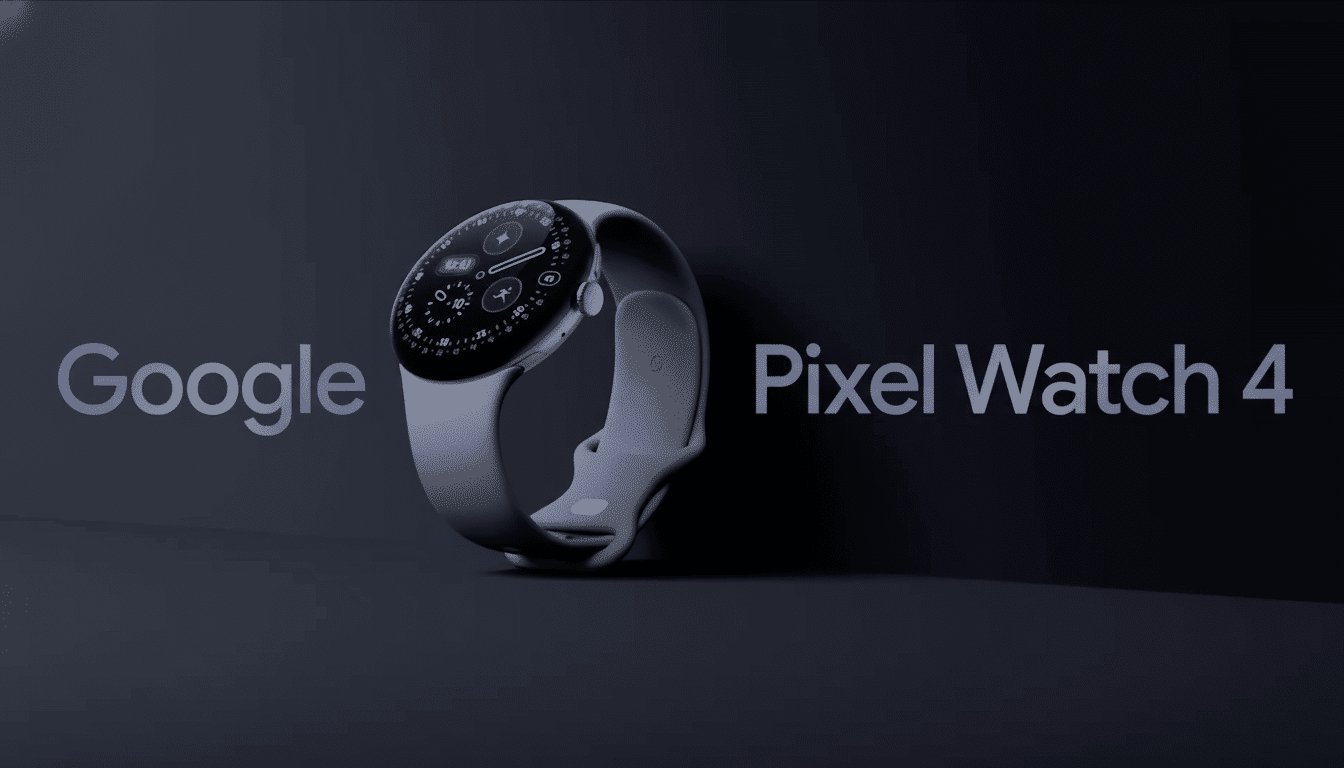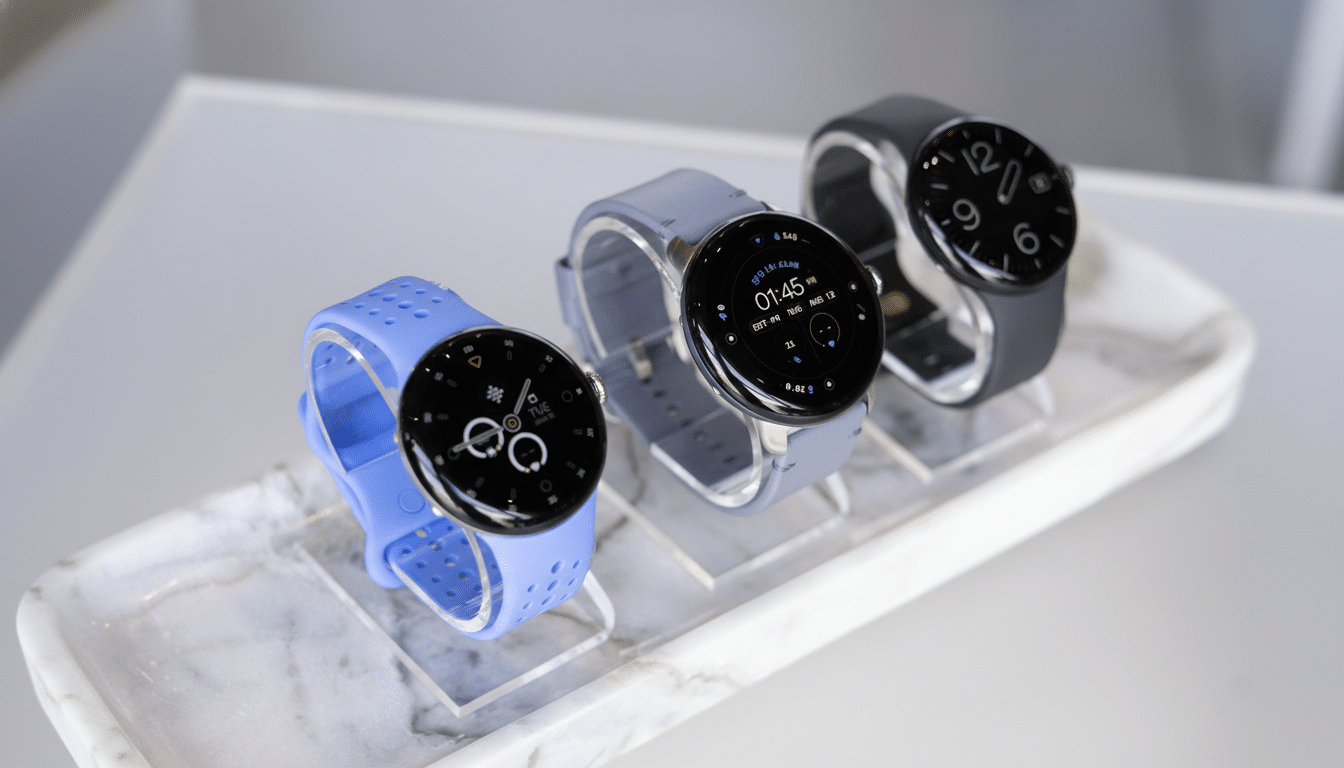I attached the newest watches from Google, Apple, and Garmin to my wrist and stress-tested the tools that count when things go south. Between fall and crash detection and off-grid SOS, we’re sure that the “fitness tracker” vs. true safety device gap is finally closing. Two others stood out for everyday protection and emergency reach — especially relevant if you use Android.
How Safety Has Become Such a Big Part of Smartwatches
The significant change this cycle is satellite connectivity on the wrist, which means emergency messaging even out of cellular range. That shift transforms a watch from a handy accessory to a lifeline. But satellite is only one part. Mash all that together and the best devices feature quick incident detection, clear prompts during urgent situations, and direct delivery to actual dispatchers as opposed to simply your phone.

Google Pixel Watch 4 Emergency Toolkit Overview
The Pixel Watch 4 LTE wins a user-friendly safety stack owing to its overall completeness on Android. If LTE is not available, the watch can escalate to satellite for emergency use, then walk you through pointing the device until a connection is made. The LTE model will have satellite SOS access for at least the first two years for free from Google, but regular voice calling still requires a carrier plan.
Connected, the watch leads you through plain-language prompts — medical, crime, or fire, for example — adds timeline specifics and includes exact GPS coordinates. Behind the scenes, messages are managed by Garmin’s International Emergency Response Coordination Center (IERCC), a well-established dispatch center responsible for more than ten thousand resolved SOS incidents around the world. You’re able to send short replies to responders with dictation or by using the on-watch keyboard.
Two everyday features stand out. Safety Check allows you to set a timer for things like going for a run or commuting home late; if you don’t follow up saying that you are O.K., selected people get an alert including your location, with the ability to escalate. Quick Share provides instant, live location sharing to a private group or the 911 comm center. Sensors detect impact and read changes in a rider’s posture to automatically notify an emergency contact if you fall, freeing up those crucial moments that could make all the difference.
Apple Watch Ultra 3 Safety Strengths and Tools
For iPhone users, the Ultra 3 is still a safety power bank. Its dual-core sensors combined with its powerful software allow it to have mature fall detection and strong crash detection. The Ultra throws some additional layers at things like a loud siren, Backtrack breadcrumb trails, and Medical ID display, which should help both self-rescues and responder handoff.
Off-grid, Apple sends satellite SOS through a relay that compresses crucial info into short bursts via the Globalstar network — a relationship that has been disclosed in industry and financial filings. Apple’s ecosystem also enables these non-emergency check-ins and location sharing for peace-of-mind updates, which Google limits on satellite to true emergencies only.

Garmin Fenix 8 Pro Backcountry Assurance
For expedition-grade durability, Garmin’s Fenix line is the one to beat. The Fenix 8 Pro, meanwhile, relies on Garmin’s IERCC for 24/7 SOS coordination and does optionally support two-way messaging and track points for non-emergency updates when you have satellite. For those non-emergency features, you will probably need an active subscription, but you get tried and tested dispatch workflows that are trusted by mountaineers, sailors, and ultrarunners.
In addition to satellite, Garmin’s incident detection and Assistance alerts can send your location to contacts in case of a crash or hard fall. Multi-band GPS, long run time, and rugged construction also make the Fenix something of a safer pick for those multiday journeys when endurance, as well as reception variation, are just as important as software finesse.
Test Benchmarks and What Mattered Most in Trials
In several rounds of testing outdoors, time-to-first-satellite-link generally clocked in at around 20–45 seconds when out in the open, occasionally surpassing a minute under light canopy. The on-wrist pointing guide of the Pixel Watch 4 was also the easiest to use when trying to align with satellites under pressure. Apple’s guided SOS flow was familiar and fast for iPhone users; Garmin gave the most granular control once connected, especially for non-emergency messages.
Battery impact for one-off SOS messages was minimal (maybe a few percentage points per session). The sort of constant non-emergency messaging and tracking on Garmin also consumed over time — as expected in my own testing. False-positive suppression was a factor, too; Apple’s crash detection was conservative but definitive, Google had a tolerance for sensitivity and confirmation prompts, and Garmin’s incident detection seemed to favor runners or endurance athletes — fewer accidental triggers at high cadence were observed with them.
All three have surface Medical ID with accurate coordinates for first responders. That adherence to best practices — which have been long promoted by organizations like NENA, the association of public-safety groups in America that represents how 911 location accuracy should work — leads to better outcomes and can cut down on back-and-forth at the start of an incident (PDF).
Everyday and Off-Grid Smartwatch Safety Recommendations
- Best overall for most people: Google Pixel Watch 4 LTE. It boasts the most legible emergency prompts, the widest automatic detection, and very good contact tools, not to mention a satellite SOS access period included in the package. The catch: Its satellite connection is for emergencies only — not the occasional check-in.
- Best for iPhone owners: Apple Watch Ultra 3. You get terrific crash and fall detection, as well as an overhauled SOS experience and ecosystem offerings like Check In and Backtrack. It’s the sleekest security set available for iOS.
- Best for expedition use: Garmin Fenix 8 Pro. In combination, IERCC-supported coordination, long battery life, and strong satellite messaging outside of emergency situations make it the trusted option for backcountry travel of multiple days — especially if you prefer active tracking and status updates.
Regardless of your brand, set emergency contacts and complete your Medical ID, and practice the SOS steps before you need them. The right watch can’t keep an accident from happening, but the right setup could turn a bad moment into something you survive.

